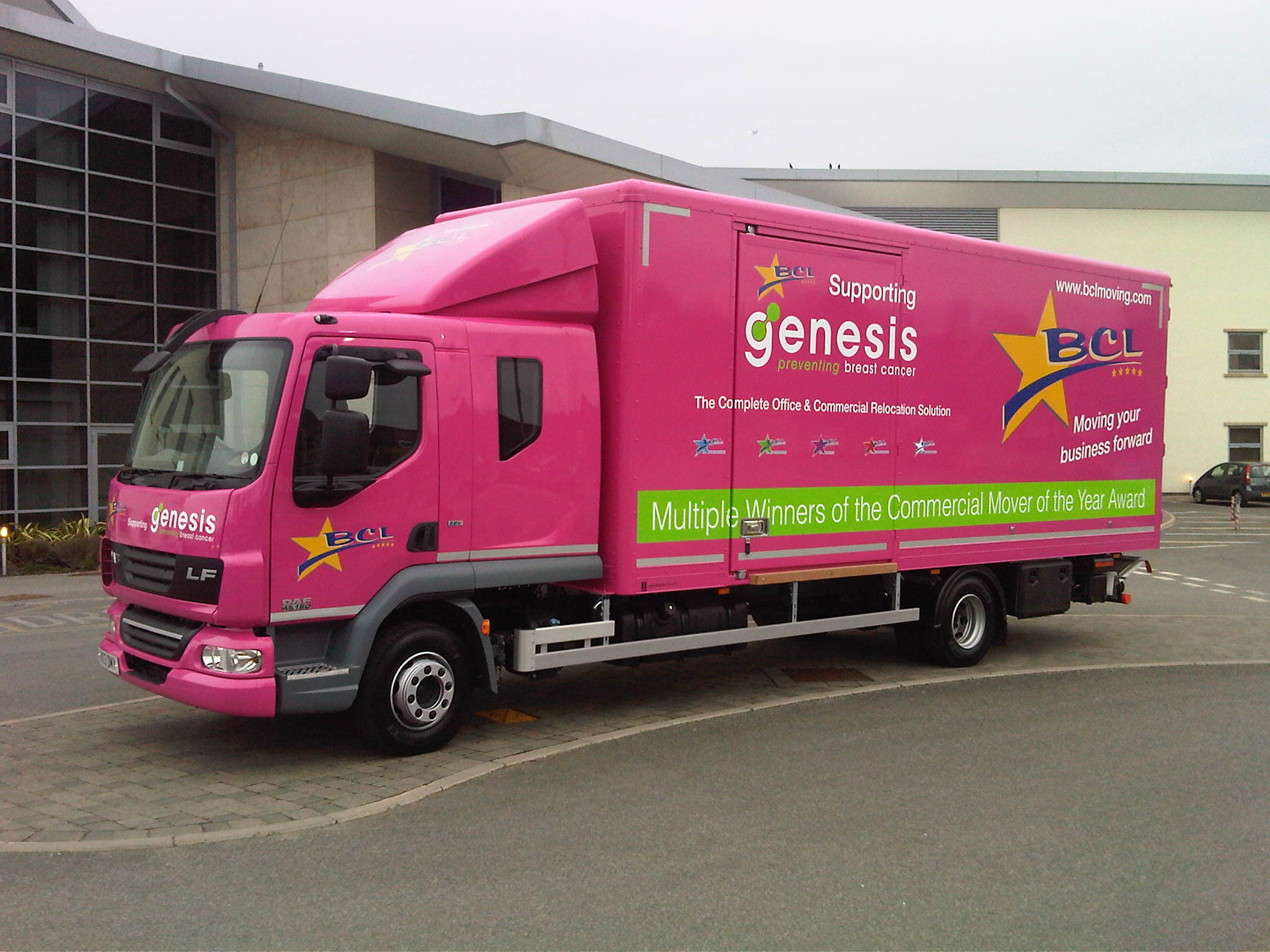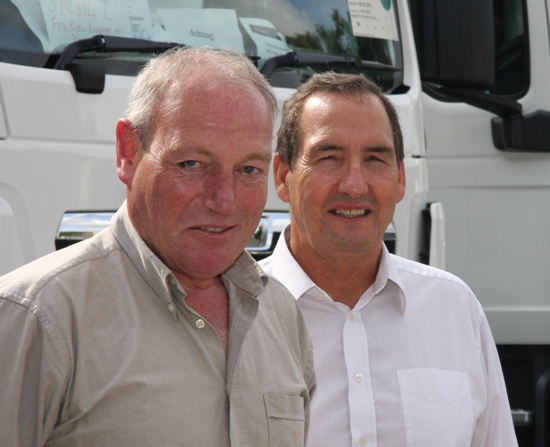In the intensely competitive world of moving, every commercial advantage, every efficiency can give you the edge. Here, Steve Jordan interviews Bespoke Bodies from Warrington, a company that believes its ultra-lightweight bodies can reduce costs and increase payload to help you make more money.

John Sturt has been building vehicle bodies all his working life. Since starting work as an apprentice he has built everything from horseboxes to F1 race car transporters and, somewhere along the line he has put together more than a few removal trucks. Today he, and his wife, Margaret, the company’s Managing Director, run Bespoke Bodies from their location in Warrington. The new facilities (they only moved in a year ago) include extensive workshops and yard space, more than sufficient to meet the needs of the moving industry. More importantly, the company has been given a Letter of Conformity for Whole Vehicle Type Approval that, starting this month, is compulsory for all commercial vehicles.
Having made a conscious decision to focus on the moving industry, John and Margaret have recruited from within to ensure that they have not only the design and building expertise but also the specialist experience to understand exactly what moving companies need. Tony Bailey joined the business recently having previously held the position of fleet manager at Pickfords. As the Removals Specialist and Director of Asset Management, he contributes his extensive knowledge of what the customer wants having previously bought more moving vehicles than most. In September, Chris Siddle, previously with MI Bodies, joined the team as Manager for Removals Vehicles. It’s a strong combination.
John and his team  believe that they have developed a way of building a better lighter vehicle for movers that will give them more space, better payload and lower costs. Although, using Bespoke’s methods, a typical 10 tonne vehicle could cost up to £1,500 more to build, the body weight comes in at around 750kg lighter thereby increasing the payload and providing a fast payback on fuel alone.
believe that they have developed a way of building a better lighter vehicle for movers that will give them more space, better payload and lower costs. Although, using Bespoke’s methods, a typical 10 tonne vehicle could cost up to £1,500 more to build, the body weight comes in at around 750kg lighter thereby increasing the payload and providing a fast payback on fuel alone.
The key is a new type of ultra lightweight composite panel with PVC honeycomb sandwich strengthened and stiffened with bonded aluminium inserts. John believes it to be both stronger and more durable than any other material, but he said that there’s a lot more to it than just using lightweight materials. “If you make something lighter it’s got to carry more weight so it has to be stronger too,” he said. “It’s a question of bringing together the knowledge gained over many years with an understanding of the new materials and how to use them.”
Losing 750kg on a 10 tonne body has a lot of advantages. When running empty, not dragging ¾-tonne of extra weight saves a lot on fuel. But there’s more to it than fuel saving. The extra payload could mean the difference between getting a load on, or having to send a second vehicle; it might allow you to add a tail lift and still retain an adequate payload to keep the vehicle practical; there’s less chance of inadvertently overloading the vehicle and incurring the wrath of VOSA; the vehicle is safer and handles better; and brakes, suspension and tyres last longer.
 Mike Andrews Managing Director of Britannia Bradshaws has recently invested in three vehicles from Bespoke Bodies. “We gave Bespoke a very tight deadline and they really worked hard to meet it,” he said. “There was a bit of slippage, which we expected, but the company tackled any snagging we had with the same enthusiasm that they approached the whole contract. We have saved many hundreds of kilos in body weight which we know will reduce the risk of overloading and save fuel for us. The finish on the vehicles is lovely too. We are really pleased.”
Mike Andrews Managing Director of Britannia Bradshaws has recently invested in three vehicles from Bespoke Bodies. “We gave Bespoke a very tight deadline and they really worked hard to meet it,” he said. “There was a bit of slippage, which we expected, but the company tackled any snagging we had with the same enthusiasm that they approached the whole contract. We have saved many hundreds of kilos in body weight which we know will reduce the risk of overloading and save fuel for us. The finish on the vehicles is lovely too. We are really pleased.”
Not only are there day-to-day savings, Tony Bailey said that the new material outlasts other materials, does not require regular 5-yearly refurbishments like many other systems and there is no steel in the bodywork so no risk of rusting and consequent de-lamination: this significantly reduces whole life costs. “It’s not just practical, it looks great too,” he said. “The inside has smooth, clean lines that will really impress customers.”
To achieve its Whole Vehicle Type Approval, Bespoke Bodies has to follow a strict procedure and have processes in place to make sure that a vehicle conforms to all relevant regulations. “For example, we need to have the skills and the necessary interfaces to link the electrical CANbus system on the chassis with the bodywork,” said John.
Every moving company needs to maximise its efficiency and reduce costs as much as is practicable. Could losing 750kg on a vehicle be the edge that could really make a difference?
Photos top to bottom: A vehicle built by Bespoke Bodies with the lightweight composite panet; John Sturt and wife Margaret; and John with Tony Bailey Click here to read the next Editor's pick